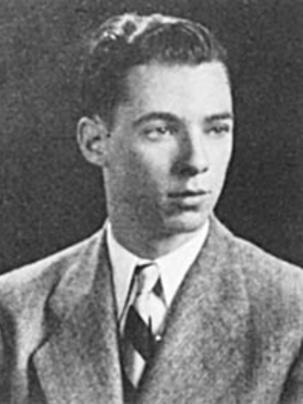Lewis W. Hicks III ’50

Lew died April 24, 2014, in Cape Cod Hospital with his two daughters and beloved dog, Sophie, at his side.
After graduating from the Lawrenceville School in 1944, Lew enlisted in the Army Air Force, where he served in armament and gunnery schools. He was discharged as a sergeant in 1946 and enrolled at Princeton, following the footsteps of his father ’25 and uncle ’19.
Lew left Princeton during his sophomore year to enter a partnership operating the Princeton Airport. After being recalled by the Air Force during the Korean War and a brief stint at the airport, he moved to New York City, where he became operations manager of WABD/WNEW Channel 5. In 1966, he joined the advertising agency of his brother, Harry ’54, and at one time had a detective agency.
He lived in Princeton until the early ’70s. Lew moved to Lawrenceville, where he served for more than 20 years in the Emergency First Aid Squad, both as an emergency medical technician (EMT) and an EMT instructor. He moved to Chatham, Mass., in 2004.
We extend our sympathy to his daughters, Jennifer and Martha; two granddaughters; and Harry. His wife, Bernice, whom he married in 1949, died in 1996.
Paw in print

October 2024
Exit interviews with alumni retiring from Congress; the Supreme Court’s seismic shift; higher education on the ballot
Book Club.
Join and Read With Us.

